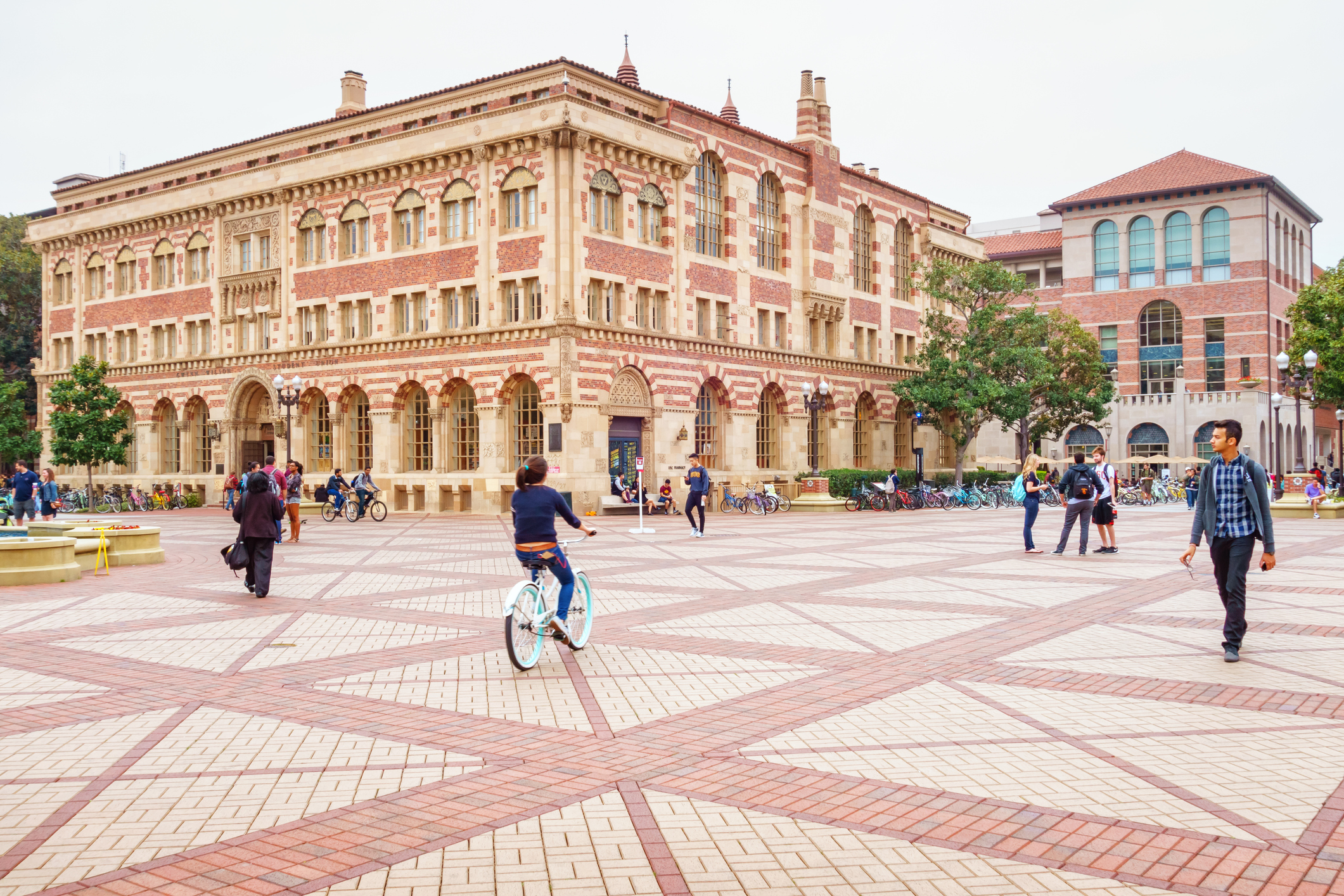
Parents of exceptionally gifted children know all to well that being gifted in one area often comes at the expense of developing adequately in others. The bookworm child may be able to recite Shakespearean poetry on demand, yet fail to understand the value of good hygiene. The child who can build extensive working structures out of spare parts around the house may not be able to engage in a reciprocal conversation. Our little artist maybe able to paint works which we expect to see in the Louvre one day, but spends all of her free time in an isolation borne by social anxiety.
Schools and the Community of 2E Students
In order to find a common terminology to use for children who are unquestionably brilliant in some areas – but have difficulty with functioning in others – the title of “twice-exceptional” has come into fashion. This concept is often briefly expressed as the notation 2E, and covers a diversity of customized situations. A twice-exceptional child may excel in such areas such as creativity; verbal expression; problem solving; or knowledge retention.
What all 2E children have in common is that they are qualified for a diagnosis regarding the existence some form of disability which impedes academic or social functioning in school. This diagnosis enables the student to further excel in studies, through receiving accommodations which are suited toward compensating for the difficulty. Conditions for this disability diagnosis can include struggles in areas such as dyslexia; sensory processing; ADHD; and severe anxiety or depression. The types of accommodations which can be sought for such children include a minimization of repetitive work; the utilization of audio devices during class; the receiving of assistance in the form of note taking; the benefit of an overall reduction in assignments; and the allotment of extra time for completing tests.
Laws – such as those included in the Individuals with Disabilities Education Act (IDEA) – have been developed to support parents as they seek such help for their 2E students. When a student is presented as needing accommodations, the school will perform an evaluation. Once the need is established, a comprehensive plan is crafted, and the school is directed to work with parents to ensure the highest level of quality educational assistance is delivered. For the parent who disagrees with the school’s evaluation, there is an option to employ the services of an outside evaluator.
The College Admissions and Bribery Scandal
Somewhere along the way, it was discovered that there were opportunities to take advantage of these laws put in place to protect our 2E students. Wealthy parents used their money to employ a third party in the process of ensuring that their own, non-2E, children were able to gain entrance into prestigious colleges. One of the dishonest methods utilized involved exploiting these guidelines, which are in place to protect students with disabilities. By asserting that their children were in-kind with those who are highly gifted – being both exceptionally good at certain things, while needing assistance in other areas – the high school students were permitted benefits they would not have otherwise received.
One of the resources that these parents exploited included the accommodation of extended testing time. Even for the average student, extended testing time can mean the advantage when it comes to obtaining good scores, and the parents ensured that a 2E-type disability was established for this purpose. But, the deception that the parents participated in didn’t end there. On top of the factor of extended time, parents were able to, indirectly, bribe the test administrators into ensuring that the students delivered correct answers for the test questions. One way that this was made possible was through the fact that students who are granted the extended testing time are also often left alone with the test proctor, long after other students have exited the testing sessions.
Fueling a Highly Unequal Educational System
Once the details of this admissions scam came to light, it was found that over 50 people had taken part, with 33 of them being members of the wealthy elite. The attention of the general public was turned toward the existence of these accommodation laws, and not in a favorable way. The Learning Disabilities Association of America (LDA) felt pressure to defend the fact that many students who seek accommodations in schools are those which are verifiably in need.
The need to defend this position stems from a concern that receiving assistance for established disabilities may become more difficult in light of the abuse of the provisions. Disability advocates have fought long and hard to establish a system which maximizes a student’s potential through such accommodations. The LDA, in particular, has been championing the rights of such students since the mid 1960s, when parents gathered together in advocacy for their disabled children. Through their efforts, legislation was enacted by the end of the decade, designed to ensure the special needs of such students would be met. The organization has been the force behind several more detailed legislations on the matter, since that time.
As we know, one bad apple tends to ruin the whole barrel. With all of the progress made thus far, it will be a great loss if the recent misuse of the system leaves the impression that these legislations are so easily exploited. The laws were designed to create an equal playing field, and not to provide any unfair advantage. The current media coverage, however, may not lead the public toward such an assessment, resulting in their turning a critical eye toward the entire process.
The process of obtaining a verifiable disability for our child’s testing needs can already be quite stringent, involving various assessments, forms, and plan developments. The idea of parents using these tools as a means for cheating the system is discouraging. While we can hope that justice prevails, parents who appropriately utilize the regulations surrounding accommodations for their 2E children may be prudent to anticipate a future where the needs of their children are even more stringently scrutinized.




